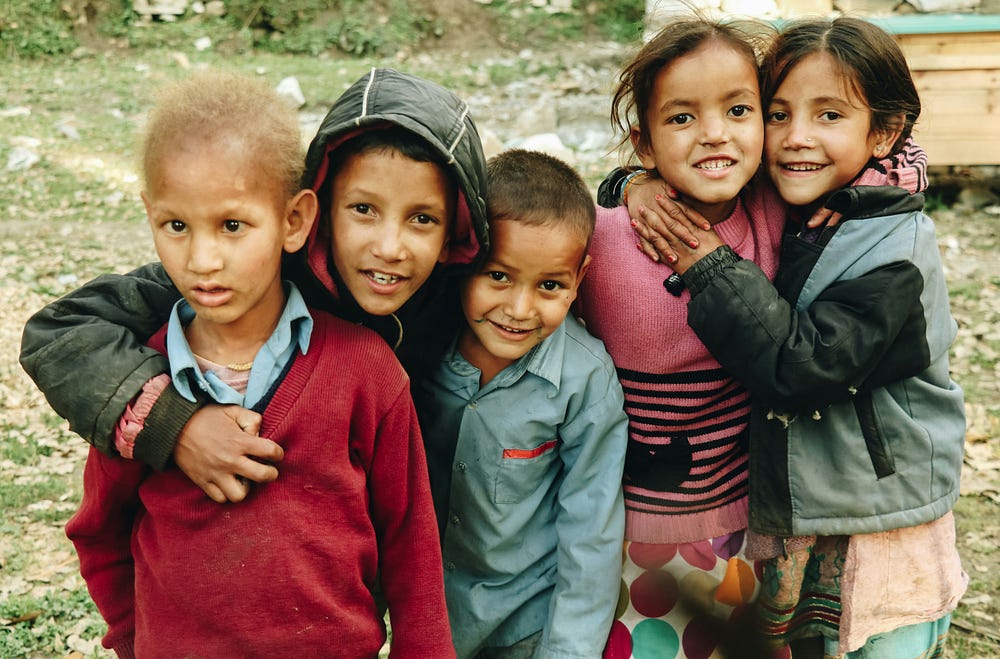The Importance of Addressing Child Labour Threats and Its Remedies
Umar Khan ✉
Child labour continues to be a pervasive issue globally, despite significant efforts to eradicate it. Defined by the International Labour Organization (ILO) as work that deprives children of their childhood, potential, and dignity, child labour remains a harsh reality for millions of children worldwide. While progress has been made in reducing its prevalence, significant challenges persist, and the threats it poses cannot be underestimated.

One of the most pressing reasons to address the threat of child labour is the impact it has on children's physical and mental well-being. Children involved in labour-intensive work often face hazardous conditions, including long hours, dangerous machinery, and toxic substances. This exposure can result in serious injuries, illnesses, and even death. Moreover, child labour denies children their right to education, perpetuating a cycle of poverty and limiting future opportunities.

Furthermore, child labour perpetuates social and economic inequalities, particularly in developing countries. Children from marginalized communities are often the most vulnerable to exploitation, as they lack access to education, healthcare, and other essential services. By addressing the root causes of child labour, such as poverty, lack of education, and social inequality, societies can create more equitable opportunities for all children.

Additionally, the prevalence of child labour undermines efforts to achieve sustainable development goals. Child labour perpetuates poverty by keeping families trapped in a cycle of exploitation and deprivation. By investing in education, healthcare, and social protection systems, governments can break this cycle and create a more prosperous future for all citizens.
Moreover, the threat of child labour extends beyond individual children and families, impacting entire economies and societies. Child labour depresses wages and increases unemployment rates by providing cheap labour to industries. This not only perpetuates a cycle of poverty but also undermines efforts to achieve sustainable economic growth.

Child labour remains a significant challenge in many parts of the world, affecting millions of children’s lives every day. Despite efforts to combat it, child labour persists due to various socio-economic factors. Recognizing the importance of addressing this issue is crucial, as is understanding the remedies required to eradicate it.
Importance of Addressing Child Labour Threats

1. Violation of Child Rights:
Child labour violates the basic human rights of children. It deprives them of the opportunity to receive education, play, and enjoy a childhood free from exploitation.
2. Impact on Education:
Children engaged in labour often miss out on education. Lack of education perpetuates the cycle of poverty and limits their future opportunities for social and economic advancement.
3. Health Risks:
Child labour exposes children to hazardous working conditions, risking their health and safety. They are often subjected to physical, emotional, and sexual abuse, which can have long-lasting effects.
4. Undermines Sustainable Development Goals:
Child labour undermines efforts to achieve sustainable development goals, including eradicating poverty, promoting quality education, and ensuring decent work for all.
5. Economic Impact:
While child labour may provide short-term economic benefits for families, it contributes to a cycle of poverty by depriving children of education and trapping families in a cycle of low-paying, unskilled work.
Remedies to Combat Child Labour

1. Access to Quality Education:
Ensuring access to free, compulsory and quality education is essential to combat child labour. Education empowers children, providing them with the skills and knowledge needed to break the cycle of poverty.
2. Enforcement of Laws:
Governments must enforce laws prohibiting child labour and establish mechanisms to monitor and address violations effectively. Strengthening legal frameworks and penalties for those exploiting children is crucial.
3. Social Protection Programs:
Implementing social protection programs for vulnerable families, such as cash transfers, food assistance, and access to healthcare, can help reduce the economic incentives for child labour.
4. Promotion of Decent Work for Adults:
Creating employment opportunities and promoting decent work for adults ensures that families can support themselves without relying on child labour.
5. Community Engagement and Awareness:
Engaging communities and raising awareness about the importance of education and the dangers of child labour are essential. Mobilizing communities, including parents, teachers, and local leaders, can help create a supportive environment for children.
6. Corporate Responsibility:
Encouraging corporate responsibility and supply chain transparency can help eliminate child labour from global supply chains. Companies should adhere to international labour standards and ensure that their products are not made using child labour.
7. International Cooperation:
Collaboration between governments, international organizations, civil society, and the private sector is essential to address the root causes of child labour effectively.
In conclusion, tackling the threat of child labour is not only a moral obligation but also a crucial step towards building a more just and prosperous world. Through investments in education, social protection, and sustainable development, governments, businesses, and civil society can work together to eradicate child labour and provide every child with the opportunity to fulfil their potential. By addressing the root causes of child labour, we can create a future where every child is free to learn, play, and thrive.
Originally submitted by Umar Khan for www.theviralpost.online
The article was also posted on Medium and can be accessed here.
Note: The views, opinions, ideas, data, facts & findings presented are Umar Khan's and do not represent the stance of Younus M. Bhatt or The Viral Post in any way.





%20in%20a%20scen.webp)
